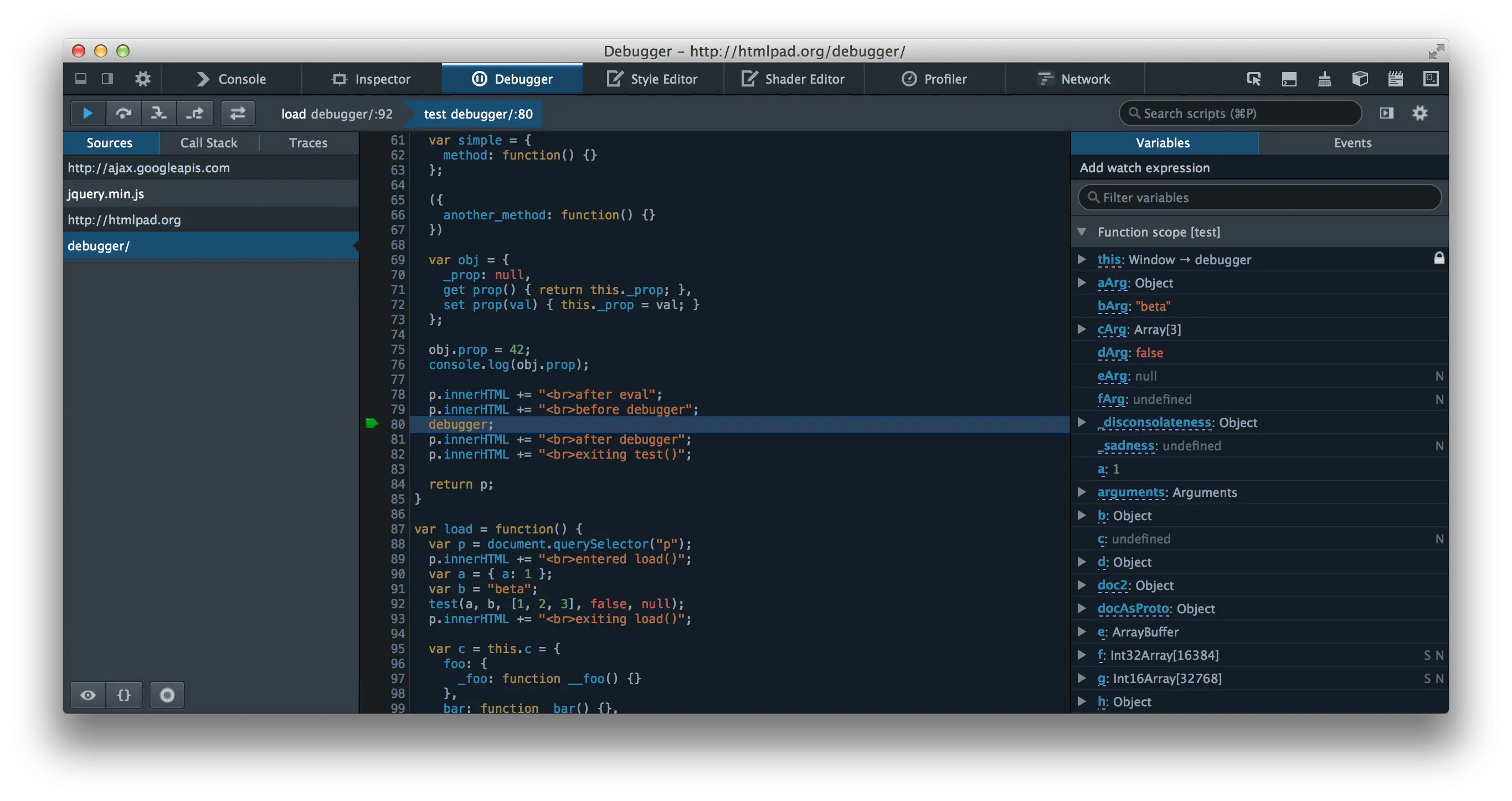This note focus on utilizing some of the console object methods and the debugger statement to better debug JavaScript application in the Chrome DevTools.
The console object
The console object provides access to the browser's debugging console. You can view it by right-clicking on your Chrome browser, selecting Inspect, and choosing Console in the tab.

console.log()
The console.log() method writes to the web console. The message can be a single text (with optional replacement values) or any number of JavaScript objects.
Syntax
console.log(obj1);
console.log(obj1, /* …, */ objN);
console.log(msg);
console.log(msg, subst1, /* …, */ substN);
Use-case
This method can be used to print any kind of variables defined before in it or to just print any message that needs to be displayed to the user.
const name = "Dwarves Foundation";
console.log(name);
//=> Dwarves Foundation
console.assert()
The console.assert() method writes a message to the console if an expression evaluates to false.
Syntax
console.assert(_expression_, _message_);
Use-case
Let's say you wanted to check for a condition of a user id, you might be checking using the console.log() like this:
if (!user.id) {
console.log("User does not exist!");
// user.id = false? => User does not exist!
}
Instead, you can check the condition using the console.assert():
console.assert(user.id, "User does not exist!");
// user.id = false? => Assertion failed: User does not exist!
Using console.assert() provide a much cleaner and better way for conditional logging in your application.
console.dir()
The console.dir() displays all of the properties of a specified JavaScript object in the console, allowing the developer to conveniently access the object's properties.
Syntax
console.dir(object);
Use-case
In Chrome, console.log prints out a tree -- most of the time. However, Chrome's console.log still stringifies certain classes of objects, even if they have properties. A regular expression is the most obvious example of a distinction:
const array = [1, 2, 3];
console.log(array);
// [1, 2, 3]
console.dir(array);
/* Array[3]
0: 1
1: 2
2: 3
length: 3
* __proto__: Array[0]
concat: function concat() { [native code] }
constructor: function Array() { [native code] }
entries: function entries() { [native code] }
... */
Another useful difference in Chrome exists when sending DOM elements to the console:
_example.jpg%3E)
console.time() and console.timeEnd()
The console.time() method launches a timer that you may use to track the duration of the operation. You may have up to 10,000 timers running on a single page, giving each one a unique name. When you use console.timeEnd() with the same name, the browser returns the time in milliseconds since the timer was started.
Syntax
console.time(label);
Use-case
These methods can be used to calculate how much time a function takes to run.
console.time("foo");
function Foo() {
//do something
}
console.timeEnd("foo");
//=> foo: 0.00... ms
The debugger statement
The debugger statement activates any debugging capability available, such as setting a breakpoint. This statement has no impact if no debugging functionality is present.
Syntax
debugger;
Use-case
The debugger statement can be use when you want to check the behavior of a potentially buggy function.
function potentiallyBuggyFunction() {
debugger;
// do potentially buggy stuff to examine, step through, etc.
}
When the debugger is invoked, execution is paused at the debugger statement just like a breaking point.


